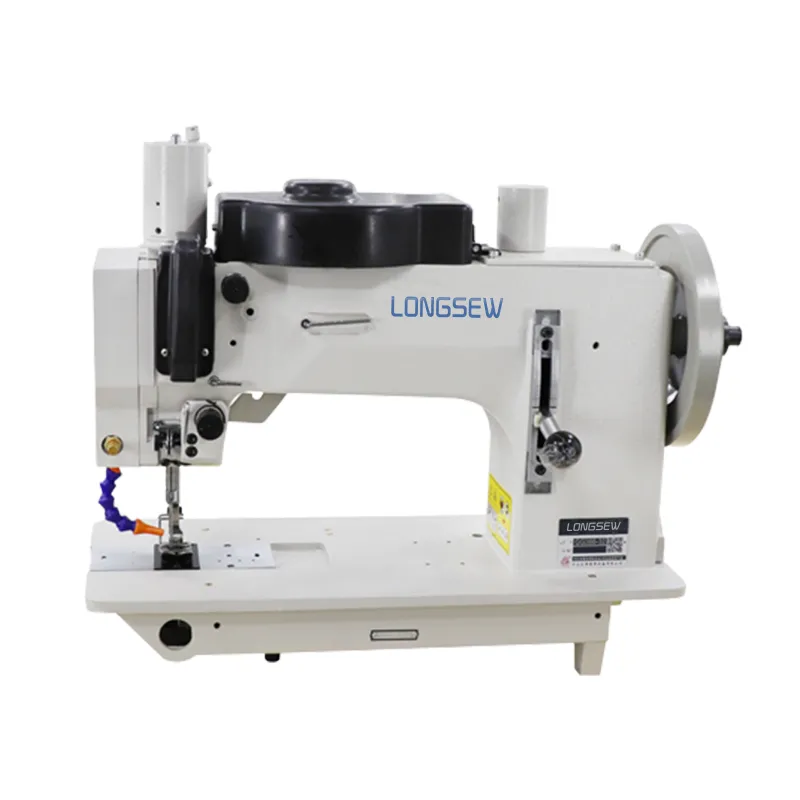Durable Thread Options for Crafting and Sewing Leather Projects
Exploring Heavy Thread for Sewing Leather A Comprehensive Guide
Sewing leather requires not only skill and precision but also the right materials to achieve a durable and aesthetically pleasing result. One of the most critical materials in this process is the thread. Heavy thread, specifically designed for sewing leather, can make a significant difference in both functionality and appearance. In this article, we will explore the characteristics of heavy thread, the types available, and the best practices for using it in leather crafting.
Understanding Heavy Thread
Heavy thread is thicker and stronger than regular sewing thread, making it ideal for leather projects. Leather is a tough material that requires robust stitching to withstand stress and wear over time. Heavy threads are typically made from strong fibers such as polyester, nylon, or cotton, providing durability and a strong hold. The thread's thickness is usually measured in denier or tex, with thicker threads able to penetrate the leather more effectively and create a more substantial stitch.
Types of Heavy Thread
When it comes to heavy thread for leather sewing, several types stand out
1. Polyester Thread Known for its strength and resistance to UV rays, polyester thread is a popular choice for outdoor leather products like bags and belts. It is less prone to fading and is water-resistant, making it an excellent option for items exposed to the elements.
2. Nylon Thread Highly durable and elastic, nylon thread is often used in heavy-duty leather work. Its resistance to abrasion makes it perfect for stitching areas that experience a lot of wear, such as bag straps or shoe seams.
3. Cotton Thread While not as strong as polyester or nylon, cotton thread offers a classic aesthetic. It's often used in traditional leather crafting where a more rustic or vintage look is desired. However, cotton is less durable in wet conditions, so it may not be suitable for all projects.
Choosing the Right Heavy Thread
heavy thread for sewing leather

Selecting the right heavy thread for your leather project depends on several factors, including the type of leather, the item being made, and the desired aesthetic. Thicker leather items, like handbags or wallets, typically require a heavier thread to ensure strong seams. Conversely, lighter leather products may need a slightly thinner thread to maintain a delicate appearance.
It's also crucial to consider the needle size when working with heavy thread. Using a larger needle helps accommodate the thickness of the thread and ensures that the stitching process is smooth. The right combination of needle and thread size will minimize the risk of damaging the leather while providing a professional finish.
Best Practices for Sewing with Heavy Thread
When sewing leather with heavy thread, certain best practices can enhance both the experience and the outcome
1. Pre-punch Holes For thicker leather, it's beneficial to pre-punch holes using an awl or a specialized leather punch. This technique reduces friction and makes it easier to sew with heavy thread.
2. Use a Sewing Machine If you have access to a heavy-duty sewing machine, use it for your leather projects. These machines are designed to handle thicker threads and tougher materials, providing more consistent results compared to hand sewing.
3. Test Your Stitch Before beginning your main project, always test your stitch pattern and tension on scrap pieces of leather. This step allows you to make adjustments and ensure the best possible outcome.
4. Finishing Techniques After completing your stitching, consider finishing the edges of the leather to enhance durability and appearance. Techniques like burnishing or using edge paint can add a professional touch.
Conclusion
Heavy thread is an essential component in the art of leather sewing. Its durability and strength make it indispensable for creating products that can withstand daily use. By understanding the types of heavy thread available and following best practices, both beginners and experienced craftspeople can produce high-quality leather items that are not only functional but beautiful. Whether you’re making a simple wallet or a complex bag, the right heavy thread will ensure your leather projects stand the test of time.
-
Industrial Cylinder Arm Sewing Machine: Revolutionizing Heavy-Duty SewingNewsJul.28,2025
-
Cylinder Arm Sewing Machine: Perfect for Special Sewing ApplicationsNewsJul.28,2025
-
Cylinder Bed Sewing Machine: Essential for Sewing Complex MaterialsNewsJul.28,2025
-
Heavy Duty Sewing Machine: The Essential Tool for Industrial ApplicationsNewsJul.28,2025
-
Computerized Pattern Sewing Machine: Revolutionizing Precision StitchingNewsJul.28,2025
-
Heavy Duty Industrial Sewing Machine: Power Meets PrecisionNewsJul.28,2025
-
Leather Sewing Machine: The Industrial Standard for Tough MaterialsNewsJul.18,2025





























